WE ARE SHEFFIELD: 'Our school had great success - we punched way above our weight'
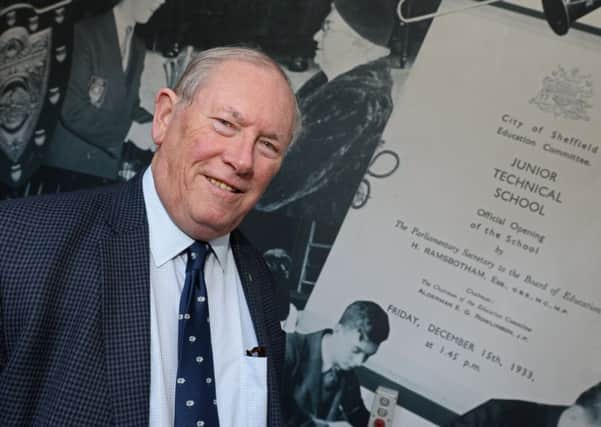

From when it opened in 1933 to 1964 when it closed, it is estimated that around 5,000 boys passed through the doors of the Central Technical School – CTS – on Leopold Street.
And Stuart has been secretary of the school’s Old Boys’ for the last 23 years.
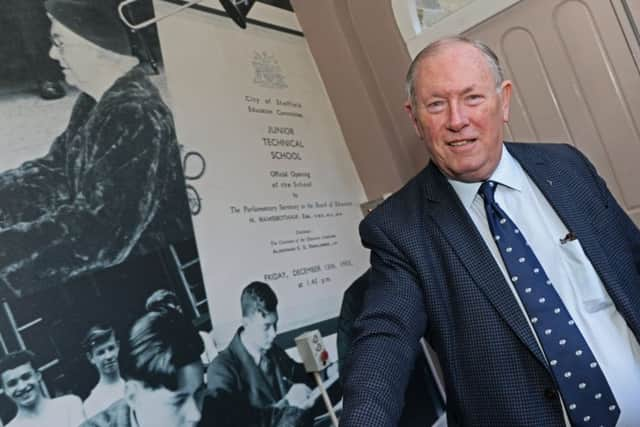

Advertisement
Hide AdAdvertisement
Hide AdDespite many pupils being ‘eleven-plus failures’, the school produced an astonishing number of notable alumni including captains of industry, musicians and sports stars.
“The school had great success and punched way above its weight,” Stuart says.
“Comprehensive education became all the rage later on but I think we had the best of both worlds.”
The school was run by legendary headmaster Herbert Wadge, a former First World War Coldstream Guardsman, who ruled the school with a rod of iron.
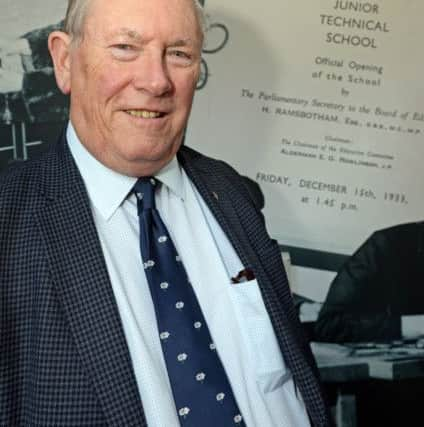

Advertisement
Hide AdAdvertisement
Hide AdDespite his fond memories of the school, Stuart admits it was a strict place in which corporal punishment was a part of daily life.
In his time as secretary, Stuart has seen the school buildings become disused and derelict before being reborn as the Leopold Hotel and Square.
Thanks to the input of the Old Boys’ Association, the hotel’s walls are now adorned with photographs of the school’s heyday.
Its suites are named after the school’s four houses – Bessemer, Faraday, Stephenson and Telford – and in the courtyard stands two beautiful bronze benches inscribed with messages from former pupils.
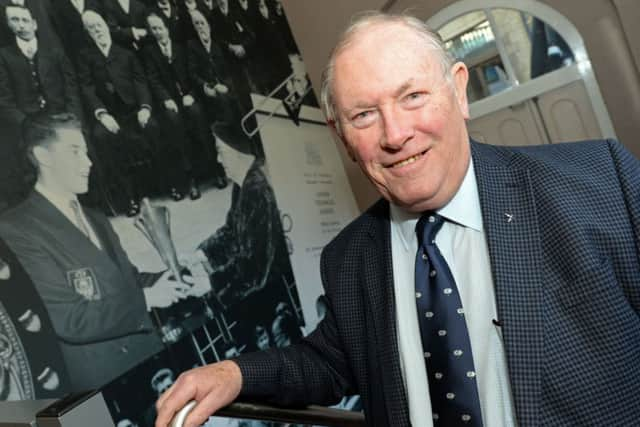

Advertisement
Hide AdAdvertisement
Hide Ad“When I left school I wasn’t even aware the Old Boys’ existed,” he says.
“They wouldn’t have wanted me either. I was ‘persona non-grata’.” Now, of course, nothing could be further from the truth.
Born in Attercliffe in 1941, Stuart attended CTS from 1954 to 1959. After finishing school at the age of 17, Stuart went into sales at Brown Bayley Steels – BBS – and eventually down to London.
He says he initially felt out of place as – in his words – a ‘mere dee dah’ in the big city.
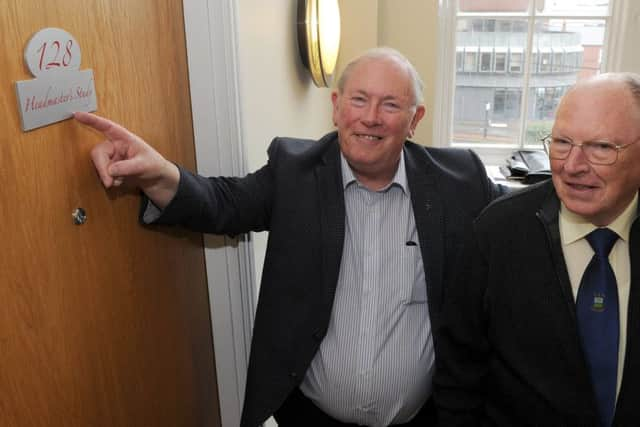

Advertisement
Hide AdAdvertisement
Hide AdHowever, after seeing another salesman displaying all the signs of wealth and success – ‘nice suede shoes, silver cigarette case, company car’ – Stuart resolved to follow in his footsteps.
After 14 years at BBS, Stuart eventually established and ran his own steel stockholding company for 18 years before selling the business to a bigger firm and retiring at 50. “And then my life began,” he says. “I thought I was heading for a quiet life of navel gazing in Tenerife. But things didn’t really work out that way.”
As well as keeping the flame for the Old Boys’ alive, Stuart is perhaps best known as a driving force behind Doncaster Sheffield Airport.
After his group collected 148,000 signatures, lobbied Westminster and took part in a six-month public inquiry, the plan was finally given the green light in 2003.
“I celebrated by driving my Daimler at 135 miles an hour down the two-mile runway,” he admits.
What would Herbert Wadge have made of it? “He’d have been amazed and proud,” said Stuart.